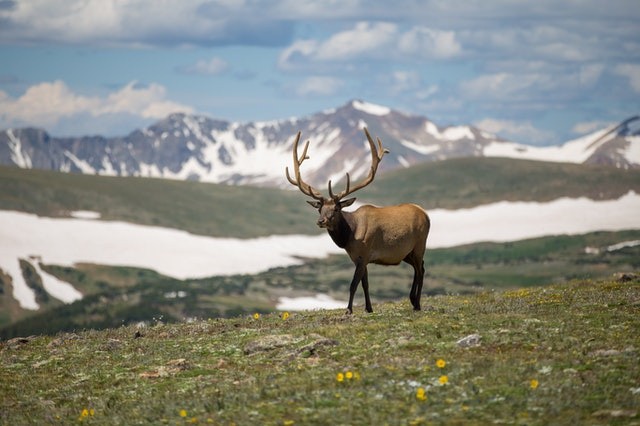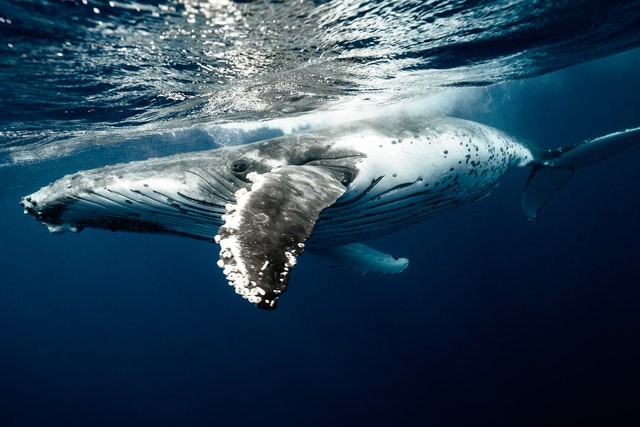The biggest creature In the world swims through the centers of the oceans, though 50 million years ago four legs whales walked the land. Northeast Ohio Medical University's professor discloses that the enormous creatures are offspring of an old aged tiny deer called Indohyus.
Through the study of cetaceans evolution, which involved hippopotamus to whales, Hans Thewissen found a 47-million-year-old fossil in Pakistan that had a stocky, fox-sized animal with an elongated tail and body. The bones stuck in a sheet of mud mirror traits of present-day whales - a bone across the skull structure and middle-ear space.

The Fossil Discovered in Pakistan
Indohyus walked through water like a hippopotamus looking for food and a way to avert predators, which ultimately led them to migrate from land to a completely aquatic lifestyle. Researchers since Darwin, have understood whales came from mammals that one-time wandered on land, but which one had stayed a secret.
Still, the absent link pined together when Hans and his colleagues discovered the fossil in Pakistan. It was solidified in a sheet of mudstone uncovered in the Kasmir area of India that had hundreds of bones from an Indohyus.
The researchers depict the skeleton as being a fox-size mammal that appeared somewhat like an imitation deer. Observing deeper examination, researchers discovered resemblances between the ears and skull of both the whales and Indohyus.
The Bones of Indohyus Skeleton
They concluded that the bones of the Indohyus skeleton had a firm outside covering, much stronger than in other mammals of this size. This trait is sometimes noticed in mammals that are sluggish aquatic waders, particularly the present-day hippopotamus.
Hans explained that they believed the animals sat in the water and paused for prey to drink, like crocodiles. Aquatic Indohyus habits are confirmed more by the chemical texture of their teeth, which disclosed oxygen isotope ratios like those of aquatic creatures - all of which shows that the creature spends much of its time in the water.

The Existence of Indohyus
Prior to this discovery, it was assumed that whales came from carnivorous ancestors that changed from an aquatic lifestyle to feed on ocean-dwelling fish. The existence of Indohyus could imply the point when several mammals vacated life on land to spend time in oceans, lakes, and rivers - before growing into the giant sea creatures we presently know.
Its bones had a firm outside covering - a trait usually observed in wading animals such as hippos, where the additional weight enables them to withstand fast currents. It has a slim snout similar to a crocodile, an extended body, and a high tail.
The levels of distinct nitrogen and carbon isotopes in the tooth enamel of animals that lives on land is different from those that lives in water because of the distinct composition of isotopes in the water and food they eat
RELATED ARTICLE : LOOK: Deer Spotted Eating Human Remains for the First Time Ever
For more news, updates about whales, deers, and similar topics don't forget to follow Nature World News!
© 2025 NatureWorldNews.com All rights reserved. Do not reproduce without permission.





